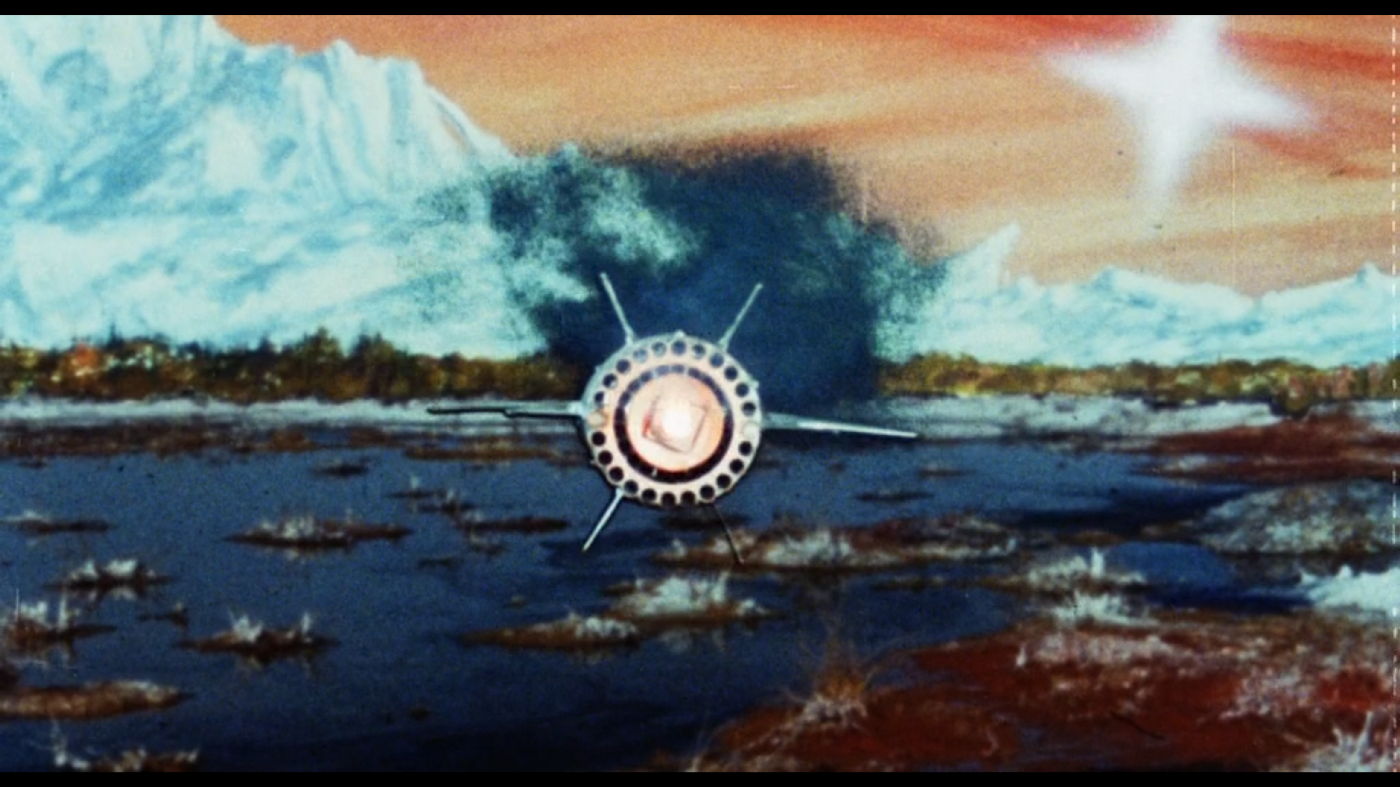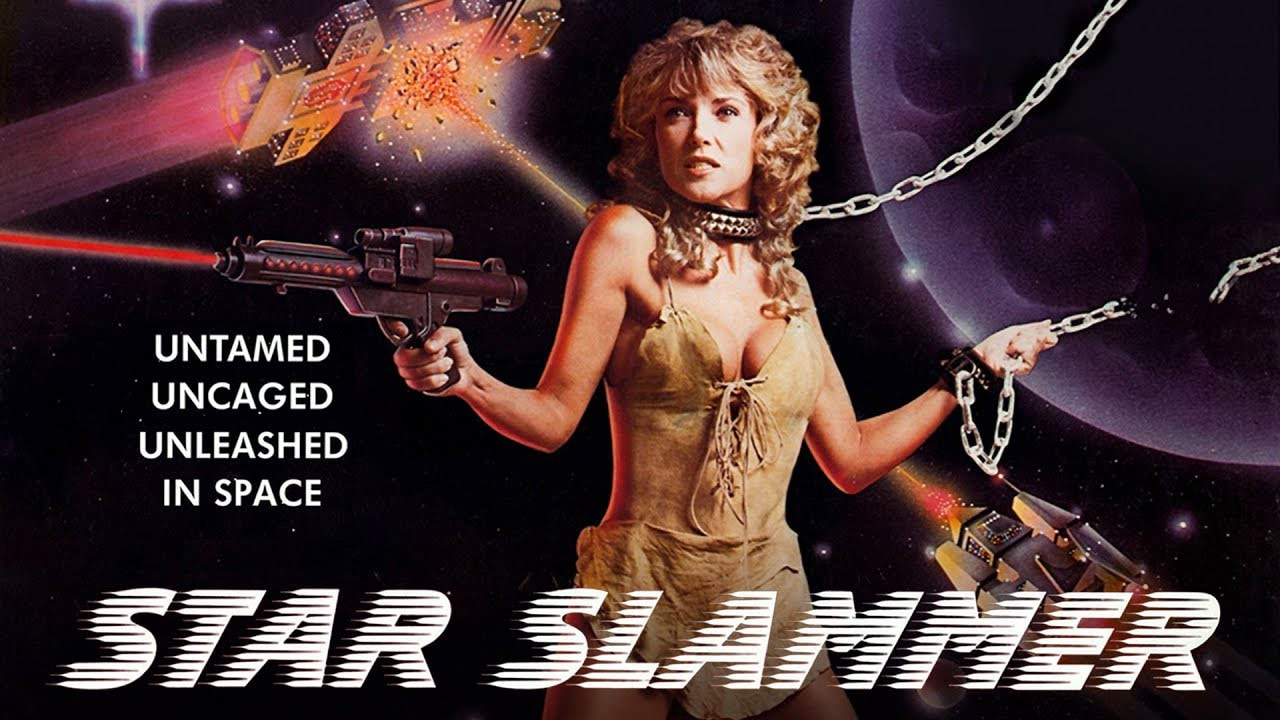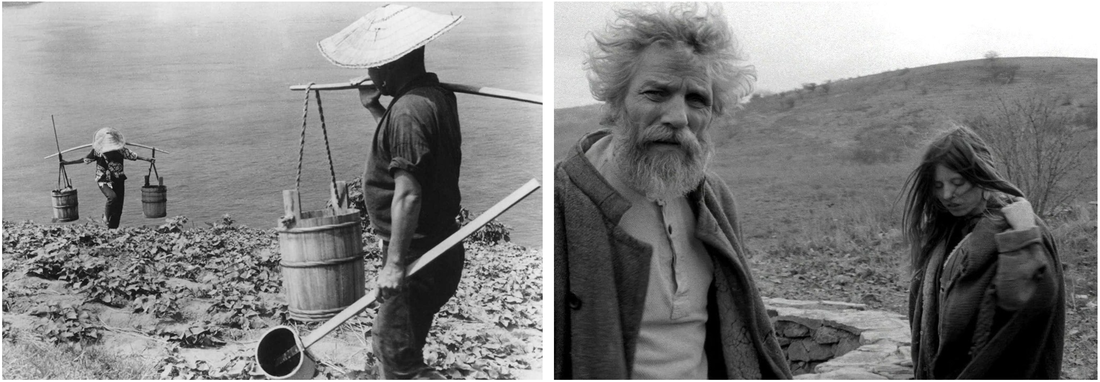
The Color of Paradise was both written and directed by Iranian filmmaker Majid Majidi. It’s an intense and touching drama about a young blind boy and his family. The film explores blindness not only as a physical state but as a metaphorical inability to see or understand others. Using a visual medium to depict an individual’s non-visual experience creates a kind of tension or dissonance that Majidi heightens by filming in particularly beautiful meadows and mountains full of wildflowers and waving wheat. He places the protagonist, a blind boy named Mohammad, in the middle of a visually lush setting and leaves it to the audience to imagine what Mohammad is experiencing.
Through the film, little Mohammad reaches out his hands and tries to not only map his surroundings but to read them like Braille. He runs his hands across the pebbles of a creek bed and whispers, “Ah, Eh, Beh.” He reads the kernels on a stalk of wheat, he even tries to count the taps he hears when a woodpecker pecks at a tree. Mohammad is searching for something mysterious that we only discover near the end.
The character Mohammad is played by Mohsen Ramezani, who has no training in acting. All of Majidi’s cast are non-actors. This is actually a common practice in Iran. Partly it is an effort to find interesting faces and people with their own idiosyncratic experiences to draw from, but it also has a certain neo-realist intention, in that it helps to keep a film grounded in the everyday experiences of ordinary people.
The performances Majidi elicits from his cast are truly remarkable. Both the boy and his father Hashem are compelling, believable, and genuine. Hashem is a difficult role to play. He is a bitter and unhappy man who is ashamed of his blind son but even with all these negative traits, he is meant to be a somewhat sympathetic character. He has had a difficult life and as a result, he is closed off and impatient. Hashem’s father died when he was young, then later his wife died leaving him in charge of three children and an ailing grandmother. His treatment of Mohammad is reprehensible but we are able to understand Hashem even as we disapprove of him.

The film actually centers on Hashem. Mohammad does not undergo a transformation or learn a lesson and even though he has considerably more screen time than his father it is his father who experiences an epiphany. Mohammad is physically blind but Hashem is the one who cannot see. He cannot see that his son has value. He cannot see that Mohammad is capable of leading a happy and fulfilling life. He only sees his son as a burden, an obligation, and a stain on his family’s reputation.
Hashem’s blindness is represented by a lack of color when he is on screen. He works for a coal producer and is often seen surrounded by black and grey ashes. Mohammad is always shown amidst a riot of color. The boy cannot see the beauty around him but still, he experiences it with his fingertips and with the rest of his senses. Hashem sweats and stoops in the hot fires of his profession, lonely and disgusted with his fate. The barren, black coal yard and hot fires may even be a metaphor for hell.

Mohammad is of course the name of the Muslim prophet. Hashem is one of the Hebrew words for God. It also can mean a person or path that brings one to God or reveals him. What Mohammad is searching for is a connection with God which of course is paralleled by his desire to connect with his father. Mohammad wants an explanation for why he was born blind. He thinks maybe he is being punished and wants to know why. Hashem wants to apprentice his son to a carpenter and get him out of the house. Hashem wants to get married and start a new life, he even hides Mohammad’s existence from the woman he is courting.
(spoilers)
This father-son relationship can be seen as a religious parable but it is clearly political as well. Hashem is an authority figure who exerts power without understanding the effect it has on those he controls. He mismanages his family indirectly causing his own mother’s death and scuttling his own marriage plans. The ending is a bit sentimental but it is hardly happy. Mohammad gets to touch god and Hashem has his eyes opened but both events are made possible only through tragedy.
The story is simple but the characters are richly rendered. We are brought close into relationships that feel as real as they are fraught. The Color of Paradise has only five characters and two or three locations. The paucity of elements gives what is left space to develop and resonate. It is the kind of movie that stays with you. After being drawn so close to the family it is not easy to leave them behind.

If you enjoyed this article click here for more
www.filmofileshideout.com/archives/jafar-panahis-multi-layered-taxi-tehran



